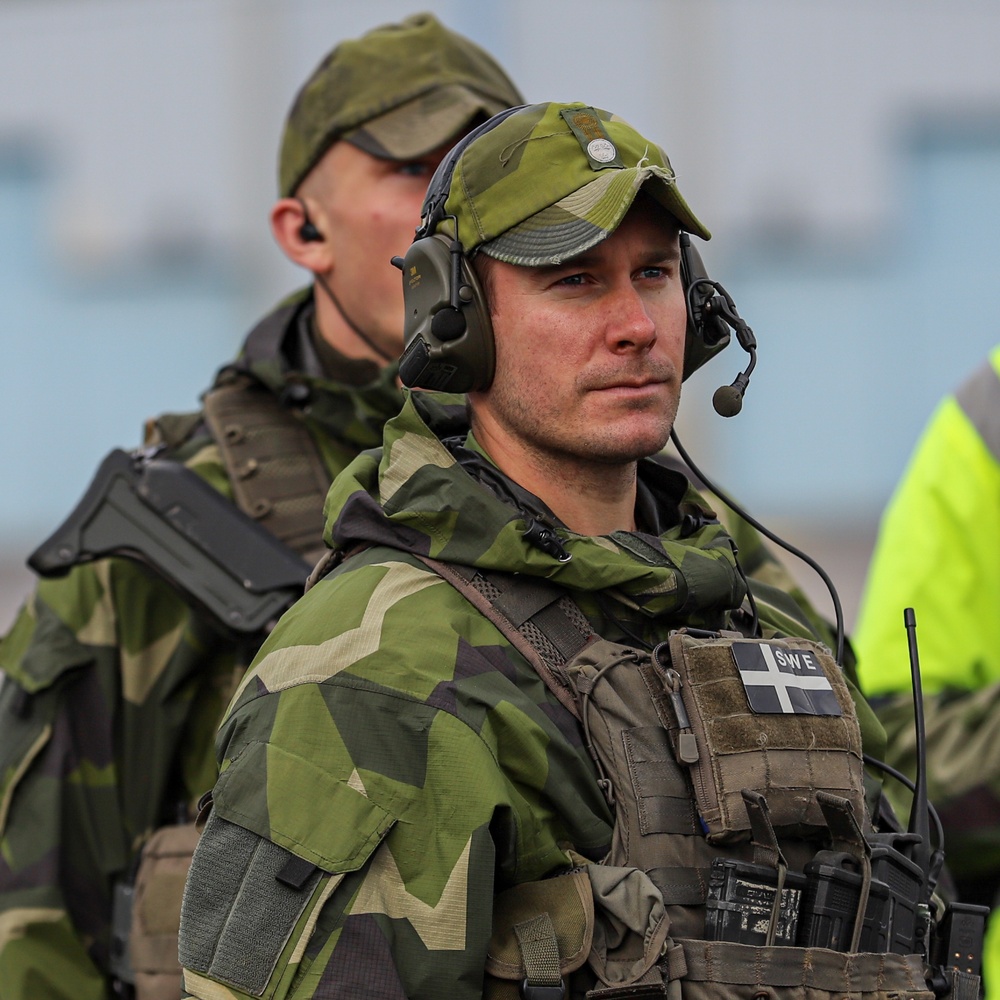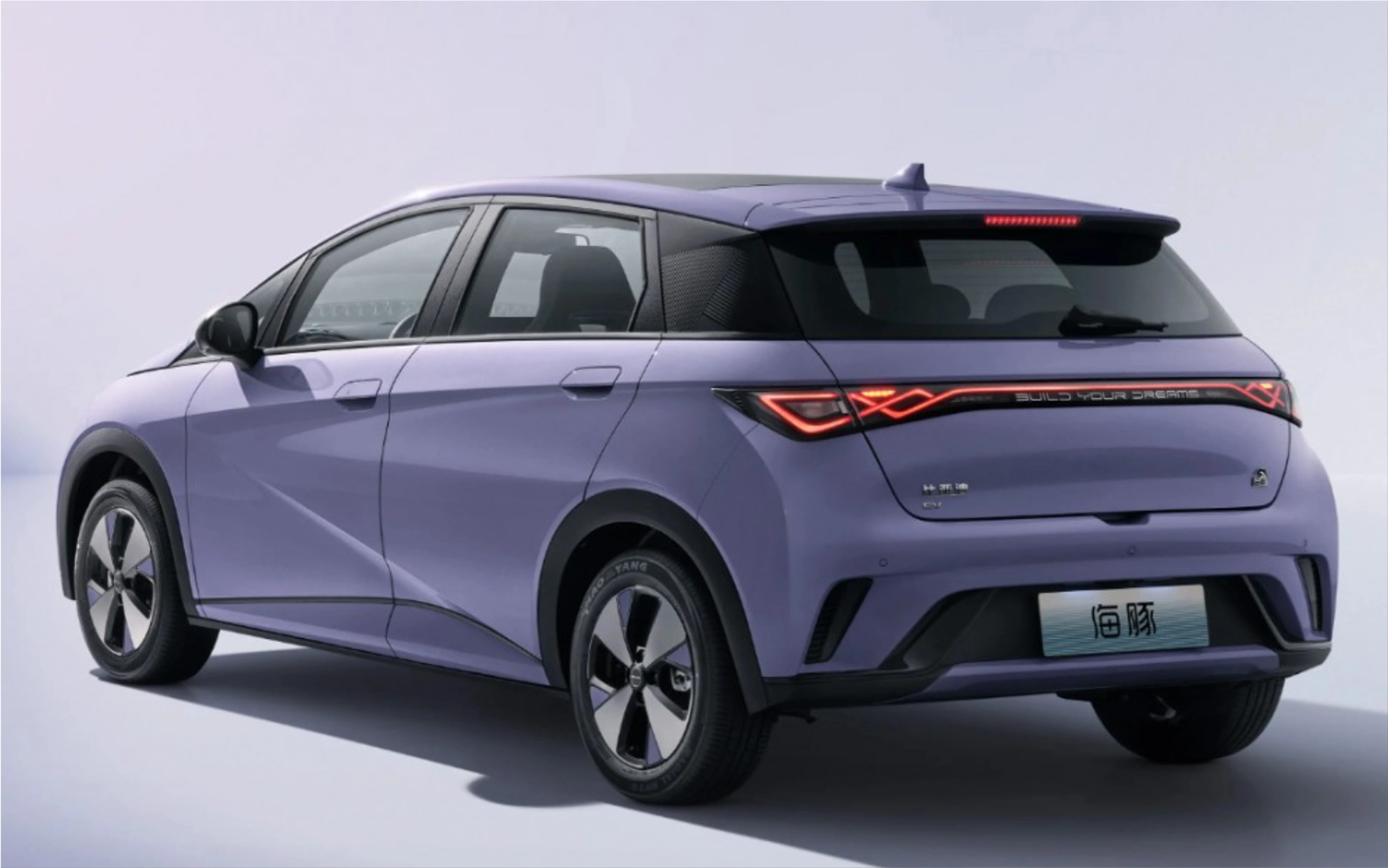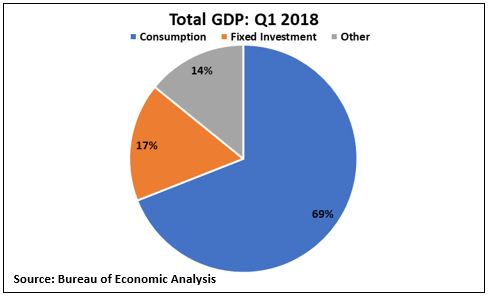The Pan-Nordic Army: A Realistic Assessment Of Swedish And Finnish Contributions

Table of Contents
Swedish Military Contributions to a Pan-Nordic Army
Strengths of the Swedish Armed Forces:
The Swedish military boasts a strong foundation built on advanced technology and highly trained personnel. Their contributions to a Pan-Nordic Army would be substantial:
- Highly trained and technologically advanced infantry: Swedish soldiers are renowned for their rigorous training and proficiency in modern warfare techniques. This includes expertise in urban warfare, amphibious operations, and special forces capabilities, all valuable assets in a combined force.
- Strong air defense capabilities with advanced Gripen fighter jets: The Gripen fighter jet is a highly capable multi-role combat aircraft, providing a significant air defense advantage. Its integration into a Pan-Nordic air force would significantly enhance regional air superiority.
- Well-equipped navy with submarines and coastal defense capabilities: Sweden possesses a modern navy equipped with advanced submarines and coastal defense systems crucial for protecting its extensive coastline and vital maritime interests within a Pan-Nordic defense strategy. This would contribute to a robust naval presence in the Baltic Sea region.
- Robust cyber defense capabilities: In the age of information warfare, Sweden's advanced cyber defense capabilities are invaluable. Protecting critical infrastructure and responding to cyber threats would be a key contribution to the overall security of a Pan-Nordic Army.
- Significant experience in international peacekeeping operations: Sweden's long history of participation in UN peacekeeping missions provides valuable experience in multinational operations, crucial for seamless integration within a Pan-Nordic framework.
Potential Challenges for Swedish Integration:
Despite its strengths, integrating the Swedish military into a Pan-Nordic Army presents challenges:
- Maintaining national sovereignty and control over defense policy: Balancing national interests with collective decision-making within a unified command structure will require careful negotiation and compromise.
- Balancing the need for interoperability with preserving unique national defense doctrines: Harmonizing military doctrines and procedures while retaining Sweden’s unique operational strengths will be a complex undertaking.
- Potential budgetary constraints and resource allocation: The financial implications of increased military spending and equipment standardization must be carefully considered and equitably distributed among participating nations.
- Public opinion and political support for deeper military integration: Securing public and political consensus on surrendering some degree of national control over defense policy is essential for successful integration.
Finnish Military Contributions to a Pan-Nordic Army
Strengths of the Finnish Defence Forces:
Finland's military brings a unique perspective and significant strengths to a potential Pan-Nordic Army:
- Highly skilled and experienced reserve force, providing significant manpower potential: Finland's robust reserve system provides a large pool of highly trained personnel ready for mobilization, a considerable asset for a larger combined force.
- Strong focus on land warfare and defensive capabilities, particularly relevant in a Nordic context: Finland's experience in territorial defense and its focus on asymmetric warfare are invaluable assets in the Nordic security landscape.
- Advanced artillery and anti-tank capabilities: Finland’s military possesses sophisticated artillery and anti-tank systems that would significantly enhance the combined firepower of a Pan-Nordic Army.
- Experience in asymmetric warfare and hybrid threats: Finland’s experience dealing with hybrid warfare tactics and unconventional threats is highly relevant in the current geopolitical climate, providing valuable expertise to a Pan-Nordic force.
- Effective national defense system based on territorial defense and resilience: Finland's decentralized, resilient defense system is a model for other nations looking to enhance their defenses in a challenging geopolitical environment.
Potential Challenges for Finnish Integration:
Integrating the Finnish military also presents specific challenges:
- Balancing national defense priorities with commitments to a Pan-Nordic force: Finland needs to ensure its core national defense needs are met while fulfilling its obligations within a larger Pan-Nordic framework.
- Ensuring compatibility of military equipment and doctrines: Differences in equipment and operational procedures between the Finnish and other Nordic militaries require significant investment in standardization.
- Maintaining a strong national defense identity within a larger framework: Finland needs to preserve its unique defense capabilities and operational culture while integrating into a larger Pan-Nordic defense structure.
- Navigating potential political sensitivities and maintaining national sovereignty: Balancing cooperation with preserving national sovereignty and control over defense policy is crucial.
Key Factors Affecting Pan-Nordic Military Integration
Interoperability of Equipment and Doctrine:
The standardization of equipment and military doctrines across the Nordic countries is crucial for effective combined operations within a Pan-Nordic Army. Challenges include:
- Different weapon systems: Significant investment will be required to harmonize weapon systems and ensure interoperability between different national armed forces.
- Differing communication systems: Standardization of communication systems and protocols is essential for effective command and control in joint operations.
- Training and exercises: Regular joint training and exercises are essential to build cohesion and proficiency in combined operations.
Political Will and Public Opinion:
Successful integration requires:
- Strong political commitment: Political leaders in all participating nations must demonstrate strong commitment to the project.
- Public support: Gaining public support for military integration will require transparent communication and addressing public concerns about national identity and sovereignty.
Economic Considerations and Resource Allocation:
The substantial financial investment required for:
- Equipment standardization: Modernizing and standardizing equipment across the Nordic nations will require significant financial resources.
- Joint training and exercises: Regular joint training and exercises will add to the overall cost.
- Joint infrastructure: Investment in shared infrastructure and facilities will be necessary.
Conclusion
The potential contributions of Sweden and Finland to a Pan-Nordic Army are significant, offering a potent combination of technological advancement, skilled personnel, and robust defense capabilities. However, successful integration requires careful consideration of potential challenges related to interoperability, political will, and economic factors. While a fully integrated Pan-Nordic Army faces hurdles, exploring avenues for enhanced Nordic defense cooperation, leveraging the unique strengths of Sweden and Finland, remains a vital step in strengthening regional security. Further research and debate on the future of the Pan-Nordic Army, including exploring options for enhanced Nordic defense cooperation, are crucial to determine the best path forward for Nordic defense cooperation. The development of a strong and unified Pan-Nordic defense structure, built on the solid foundations of individual national militaries, is an important goal for regional security.

Featured Posts
-
 Analyzing The China Problem Why Luxury Carmakers Are Struggling
Apr 22, 2025
Analyzing The China Problem Why Luxury Carmakers Are Struggling
Apr 22, 2025 -
 Analyzing The Top Economic Issues Insights From The English Leaders Debate
Apr 22, 2025
Analyzing The Top Economic Issues Insights From The English Leaders Debate
Apr 22, 2025 -
 Trumps Economic Agenda Who Pays The Price
Apr 22, 2025
Trumps Economic Agenda Who Pays The Price
Apr 22, 2025 -
 Market Volatility Continues Stock Investors Face Further Challenges
Apr 22, 2025
Market Volatility Continues Stock Investors Face Further Challenges
Apr 22, 2025 -
 Stock Market Today Dow Futures Decline Dollar Weakens Amid Trade Tensions
Apr 22, 2025
Stock Market Today Dow Futures Decline Dollar Weakens Amid Trade Tensions
Apr 22, 2025
